T4K3.news
Health evacuations in Gaza expand
A rising but still limited flow of Gazans leaves for medical care as the world weighs how to fund and host them.
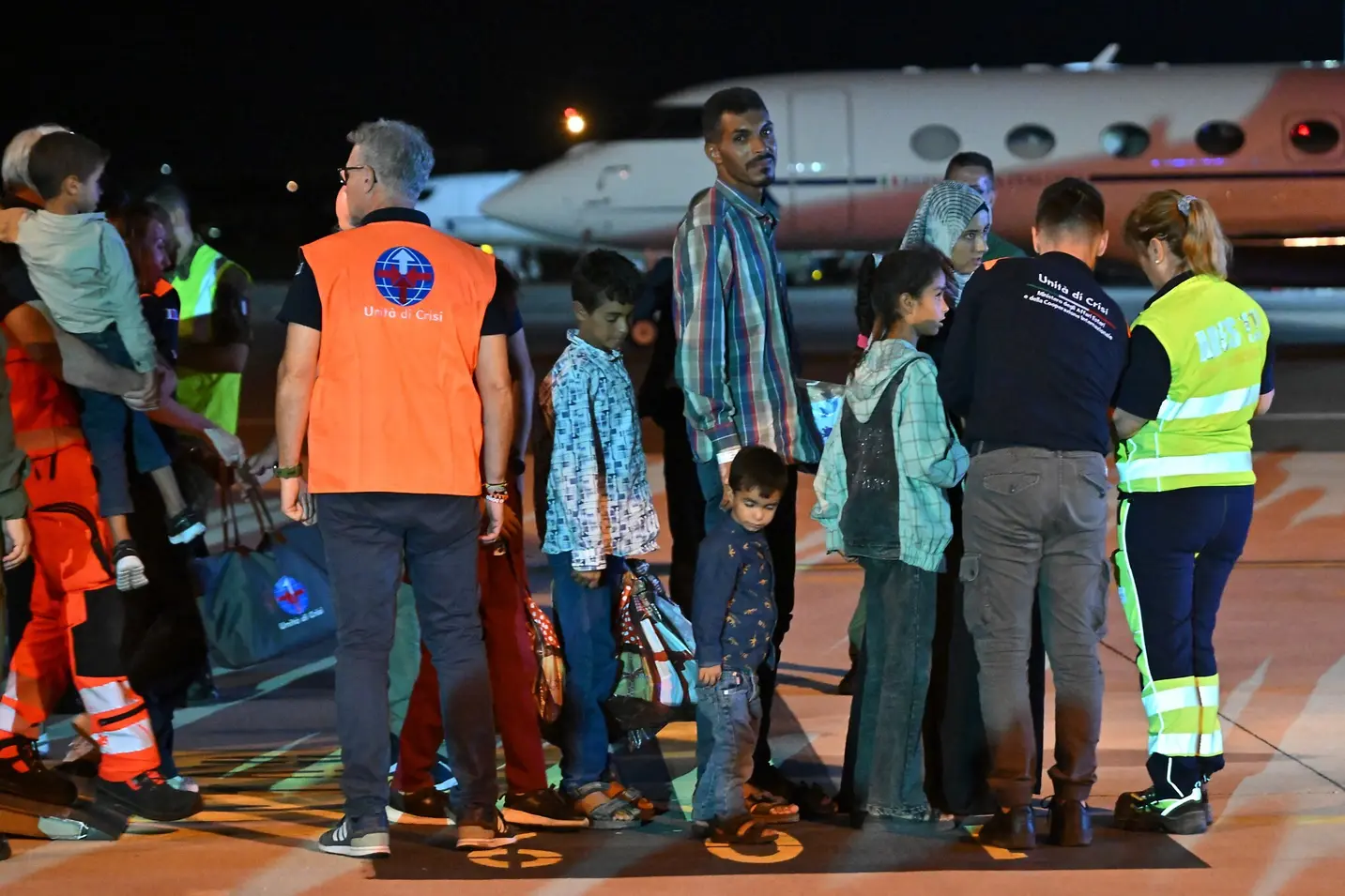
Evacuations for treatment have risen but remain far short of need, with political hurdles and funding gaps slowing every exit.
Hundreds leave Gaza for medical care each month as thousands wait
Israel has played a central role in evacuations since mid 2024, using the Kerem Shalom crossing to move Gazans through Israeli territory after the Rafah crossing was closed. In the first nine months, about 1,500 Gazans left, roughly 150 per month; from mid-March to July 2025 the number rose to about 2,500, or 500 to 600 per month, including patients, escorts, and those leaving for other reasons such as foreign citizenship or visas. The World Health Organization counted just 399 actual patients leaving Gaza in the same period, a fraction of the 14,800 patients urgently needing to leave for treatment.
Critics argue the increase is too small to count as meaningful relief, and some humanitarian groups say the numbers reflect political messaging more than medical needs met. Supporters note easier approvals since March 2025 and say Israel is warming to patient evacuations, though the process still hinges on getting host countries to accept patients and cover costs. The shift away from Rafah has reduced direct exits in some cases, with patient care happening in Egypt or other countries and direct flights from Ramon Airport beginning in early 2025. The path remains crowded with gatekeeping: Gaza health ministry referrals, WHO coordination, and Israeli security checks all shape who can leave and where they go.
A real test of the system is how quickly and fairly cases can be matched with open host countries. In 2022, about a third of patients seeking exit were denied, and even when approvals exist, funding and logistical hurdles can stretch into months or years. The case of Aisha, a patient who left Gaza for Norway after a lengthy process, shows how individual journeys can stretch across borders and years. Despite the tough bottlenecks, advocates argue that any usable exit path matters for dignity and life.
Key Takeaways
"Any small, short-term increase Israel cites in evacuation numbers, even if true, is a drop in the ocean."
Shai Grunberg of Gisha on the scale of evacuations
"Every week there’s at least one evacuation, ranging from dozens to hundreds."
Dorit Nitzan describing the pace of approvals
"Israel continues to deny medical care to thousands of other injured and sick people, including many children, by blocking their exit."
Shai Grunberg expressing frustration with policy
The data reveal a troubling paradox: relief exists in theory but not in practice. Evacuations are possible, yet the majority of those who need care cannot access it because beds, funds, and willing host countries are scarce. The Israeli role is legally clear in some respects, but politically delicate in others, turning health care into a bargaining chip as much as a humanitarian act. The West Bank and East Jerusalem are raised as potential alternatives that could stabilize urgent cases, yet political and security barriers make that option uncertain. The broader lesson is stark: health care in a crisis survives not only on medicine but on diplomacy and sustained funding from international partners.
Looking ahead, the process needs greater transparency and predictable funding from host countries, with clearer rules about who qualifies and how families are supported. The humanitarian community calls for a faster, more consistent evacuation mechanism that minimizes the separation of children from caregivers and ensures a right to return where possible. Without that, evacuations will remain a slow, selective lifeline rather than a reliable channel for urgent care.
Highlights
- Any small, short-term increase Israel cites in evacuation numbers, even if true, is a drop in the ocean.
- Every week there’s at least one evacuation, ranging from dozens to hundreds.
- Israel continues to deny medical care to thousands of other injured and sick people, including many children, by blocking their exit.
- Gaza is no longer livable.
Political and humanitarian risk in evacuation policy
The piece hinges on policies that determine who can exit Gaza and who pays for care, a topic with sensitive political dimensions and potential public backlash.
The ethical challenge is not just who leaves but how quickly care can be made reliably available.
Enjoyed this? Let your friends know!
Related News
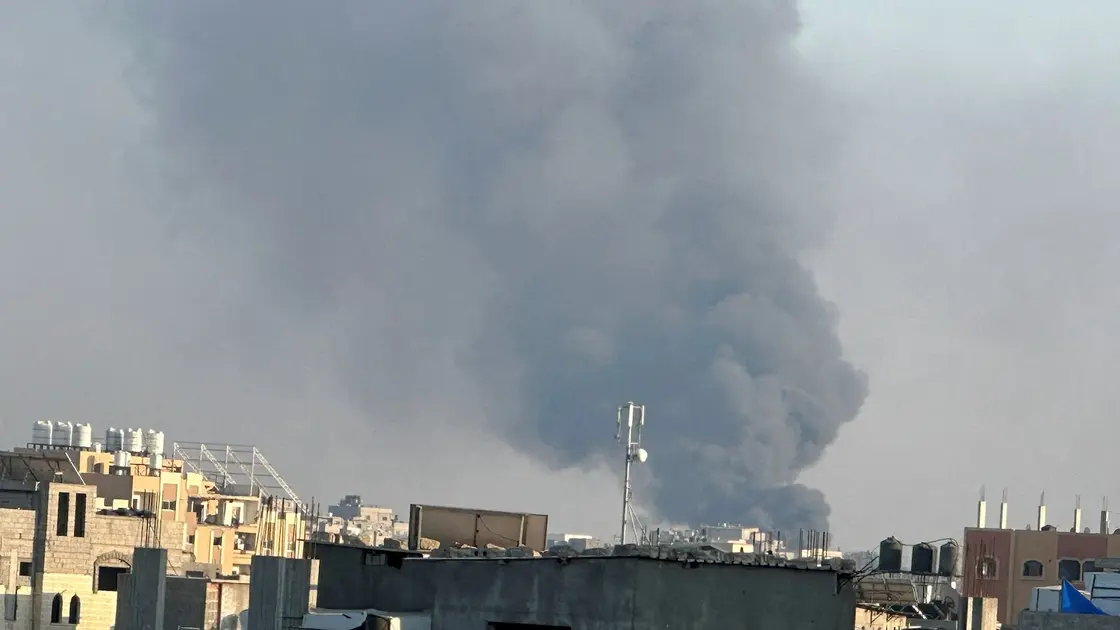
WHO to expand medical services in Gaza after attacks
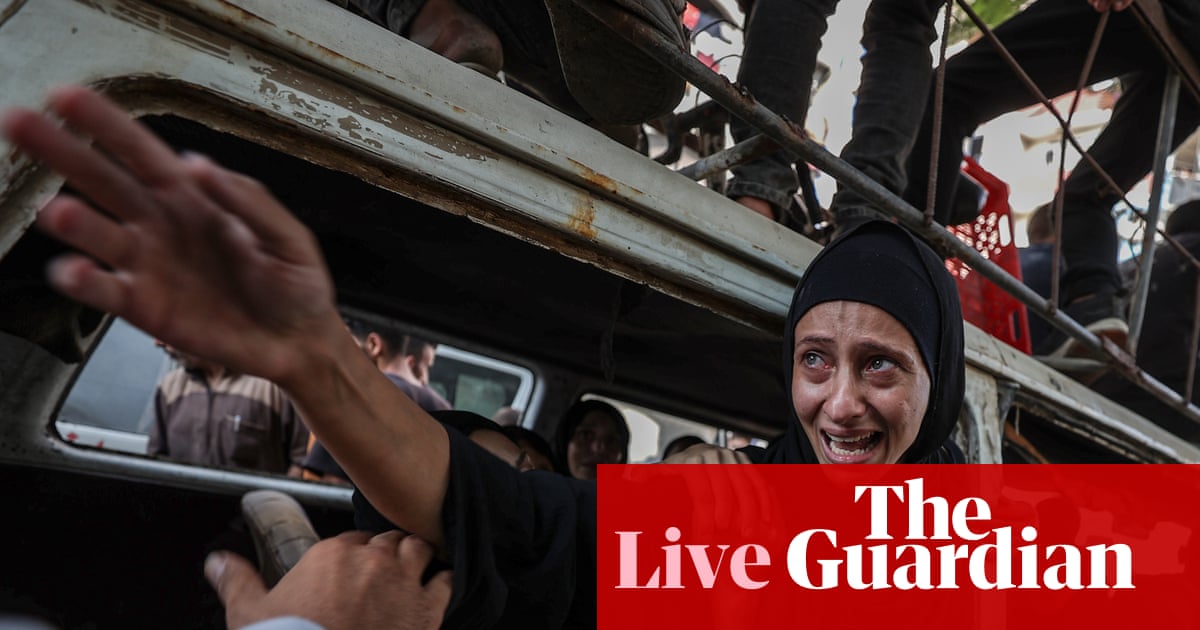
UN warns of dire hunger crisis in Gaza
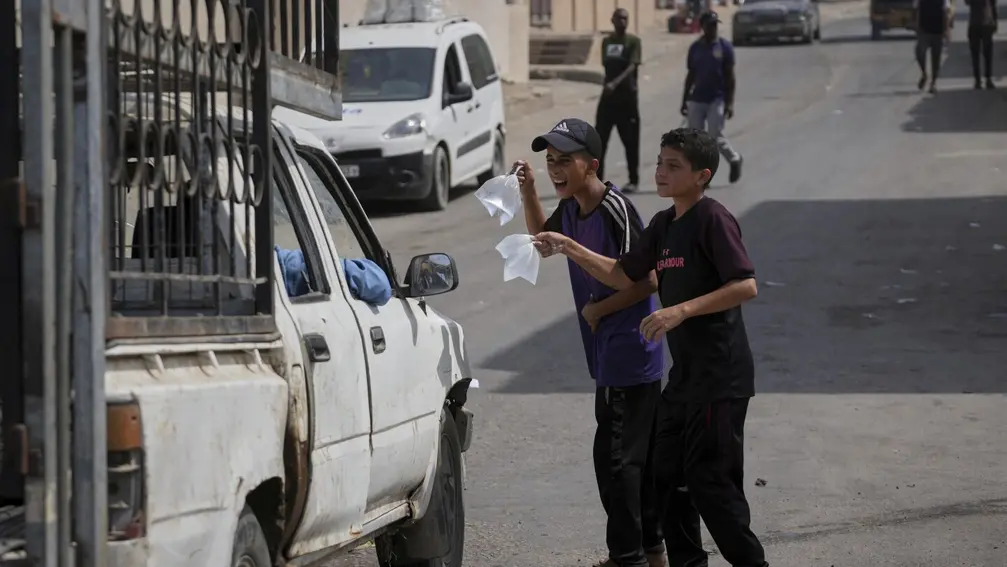
Aid Groups Demand End to Weaponization of Gaza Relief
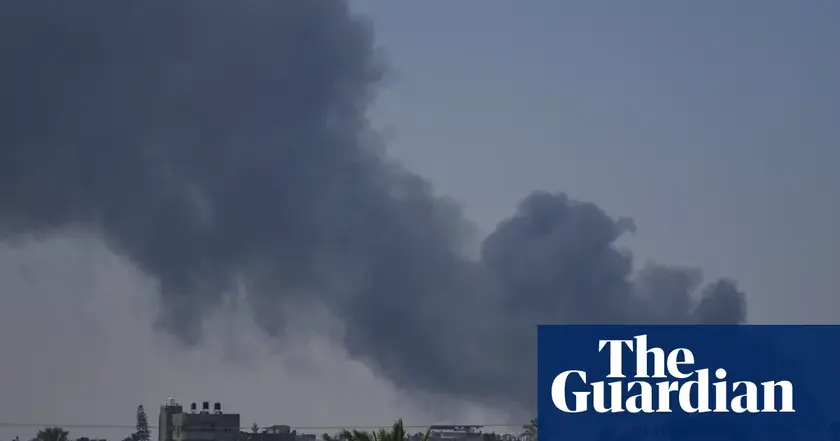
WHO reports attacks on its facilities in Gaza

Israel Reports 135 Deaths in Gaza Conflict
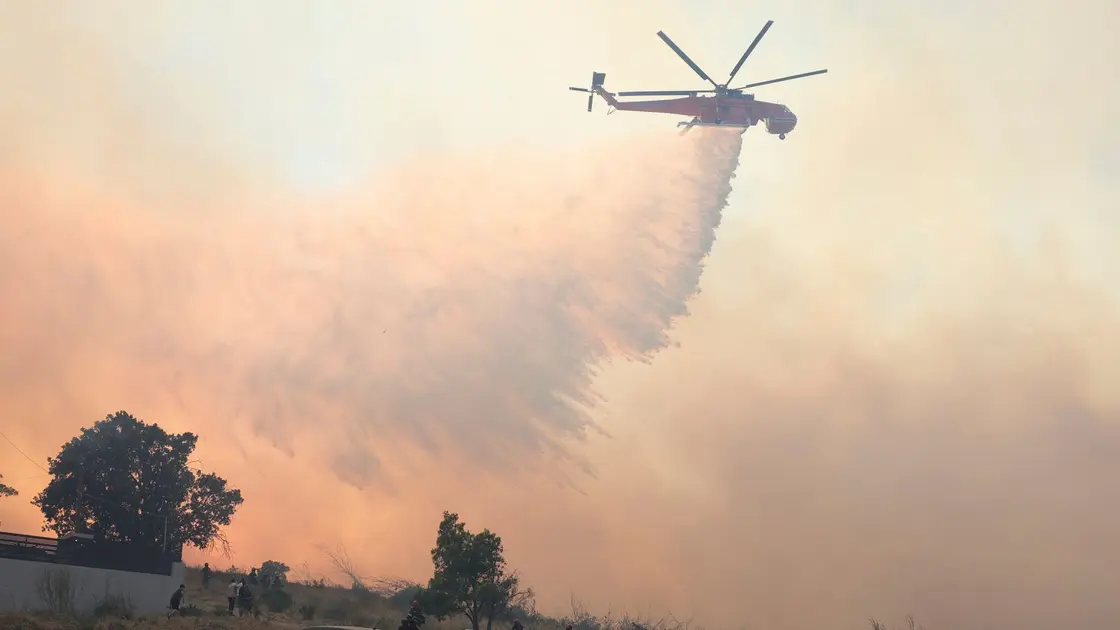
Wildfires lead to evacuations in Athens
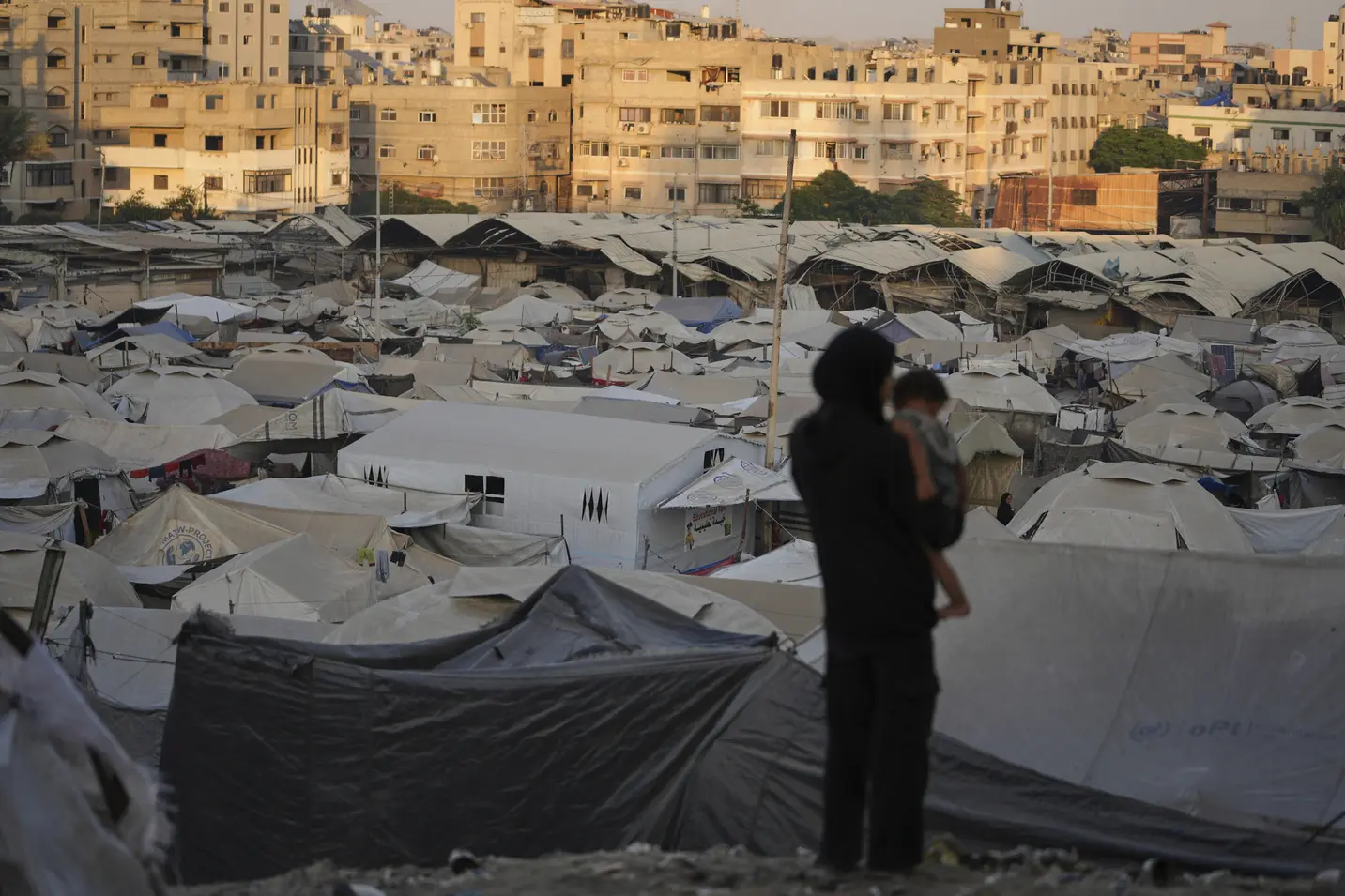
IDF warns of risks in Gaza City military operation
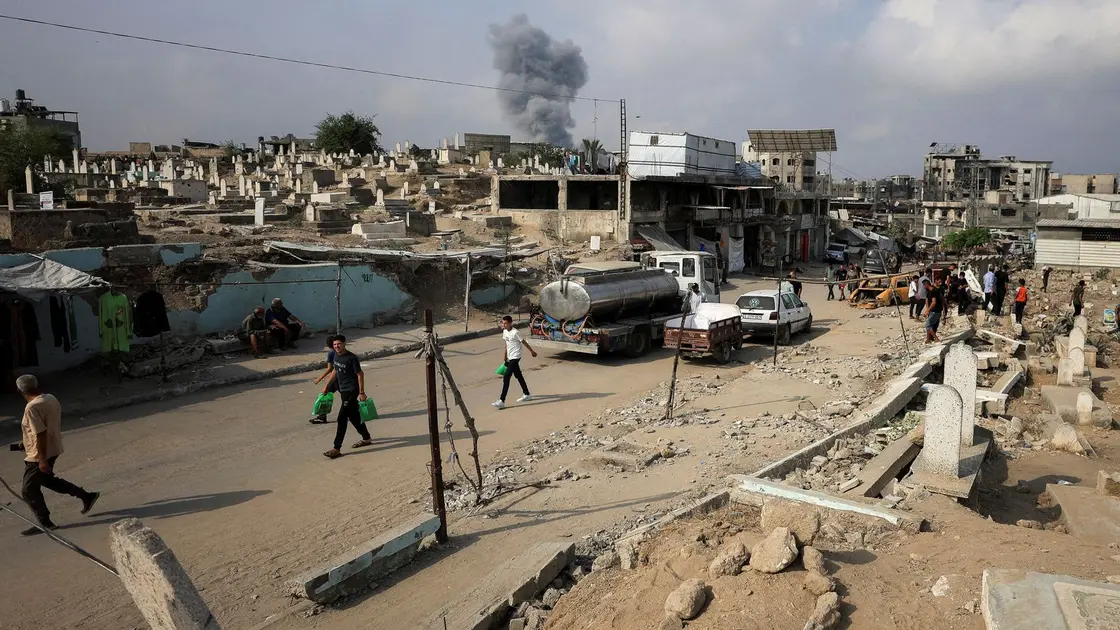
Gaza death toll rises amid ceasefire talks
